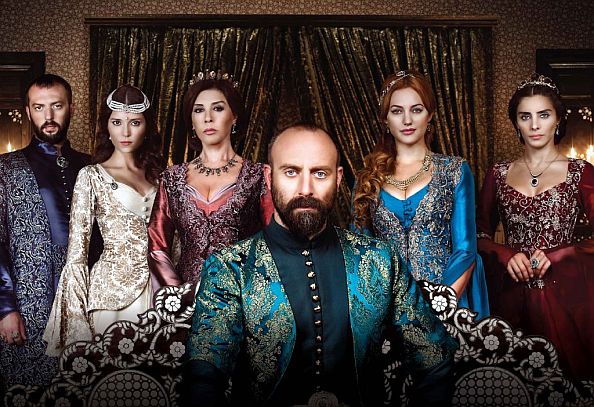
FAQ About Magnificent Century
Magnificent Century
2 years ago | gizem
How were the battles and warfare scenes portrayed in the show?
The battles and warfare scenes in "Magnificent Century" were portrayed with a mix of historical inspiration and dramatic storytelling to create visually striking and engaging sequences. These scenes aimed to capture the scale and intensity of warfare during the time of Sultan Suleiman the Magnificent. Here are some key features of how battles and warfare were depicted in the series:
- Visual Spectacle: The series placed a strong emphasis on the visual spectacle of battle scenes. These scenes often featured large armies, impressive costumes, and detailed set designs to create a sense of grandeur.
- Strategic Planning: Before battles, the series sometimes depicted the strategic planning and discussions among military commanders, including Suleiman and his advisors. These scenes provided context for the upcoming conflict.
- Epic Scale: The battles were presented on an epic scale, with thousands of soldiers, cavalry, and artillery on the battlefield. This scale aimed to convey the magnitude of the Ottoman military campaigns.
- Action Sequences: Action sequences were a prominent feature of the battles, showcasing hand-to-hand combat, archery, swordplay, and other elements of warfare. These sequences added drama and excitement to the scenes.
- Use of Special Effects: Special effects, such as CGI (computer-generated imagery), were used to enhance the visual impact of battle scenes. This allowed for the depiction of large armies and dramatic explosions.
- Historical Accuracy: While the series aimed to capture the overall atmosphere of the battles, it also took creative liberties for storytelling purposes. Some details, tactics, and outcomes of battles may not align precisely with historical records.
- Character Involvement: The main characters, including Sultan Suleiman, were often depicted in the midst of battle, showcasing their leadership on the front lines. Their personal involvement added depth to the scenes.
- Tension and Drama: Battle scenes were often filled with tension and drama, with moments of triumph and tragedy. The series used these scenes to advance the plot and character development.
- Emotional Impact: The consequences of warfare, including the emotional toll on characters and families, were explored in the aftermath of battles. These moments added depth to the portrayal of war.
- Variety of Settings: The series depicted battles in various settings, including siege warfare, open-field battles, and naval engagements, each with its own unique challenges and visuals.
